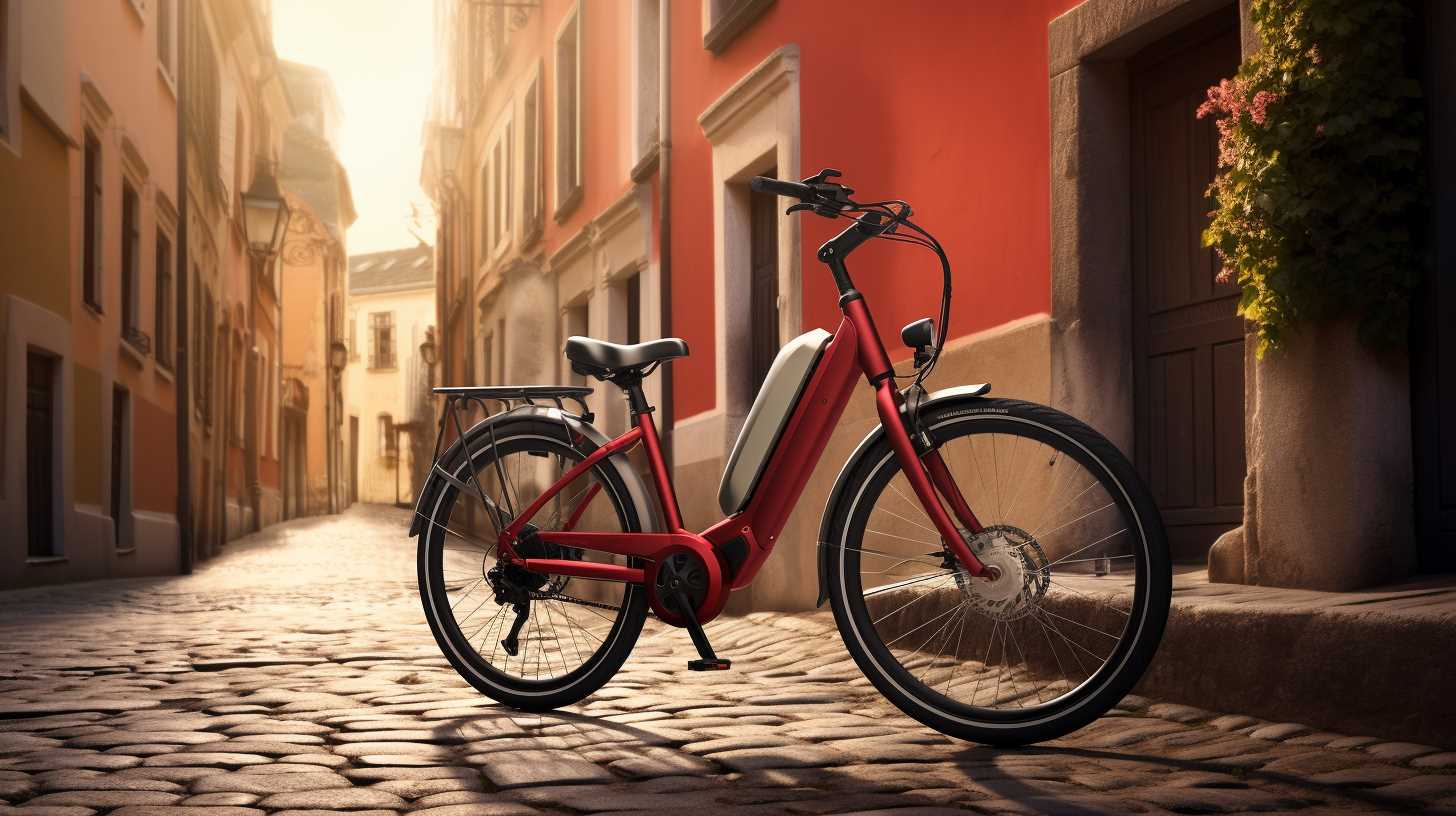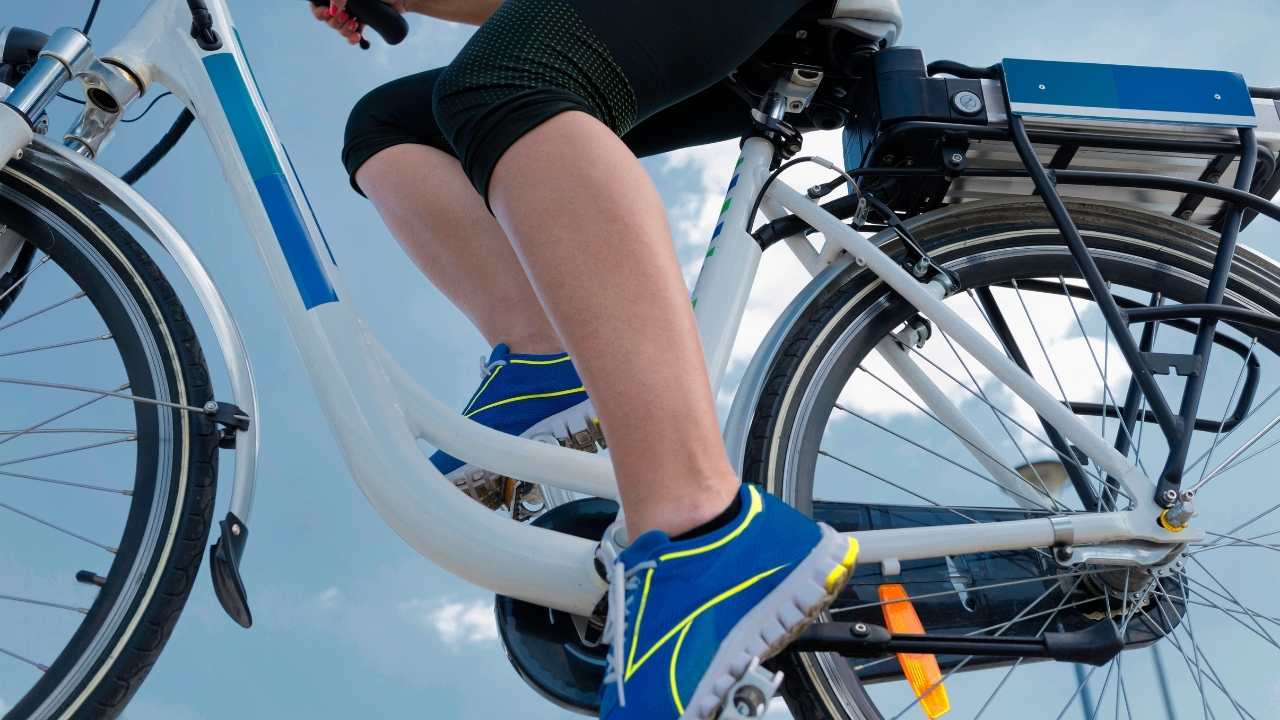
Are Ebike Motors AC or Dc?
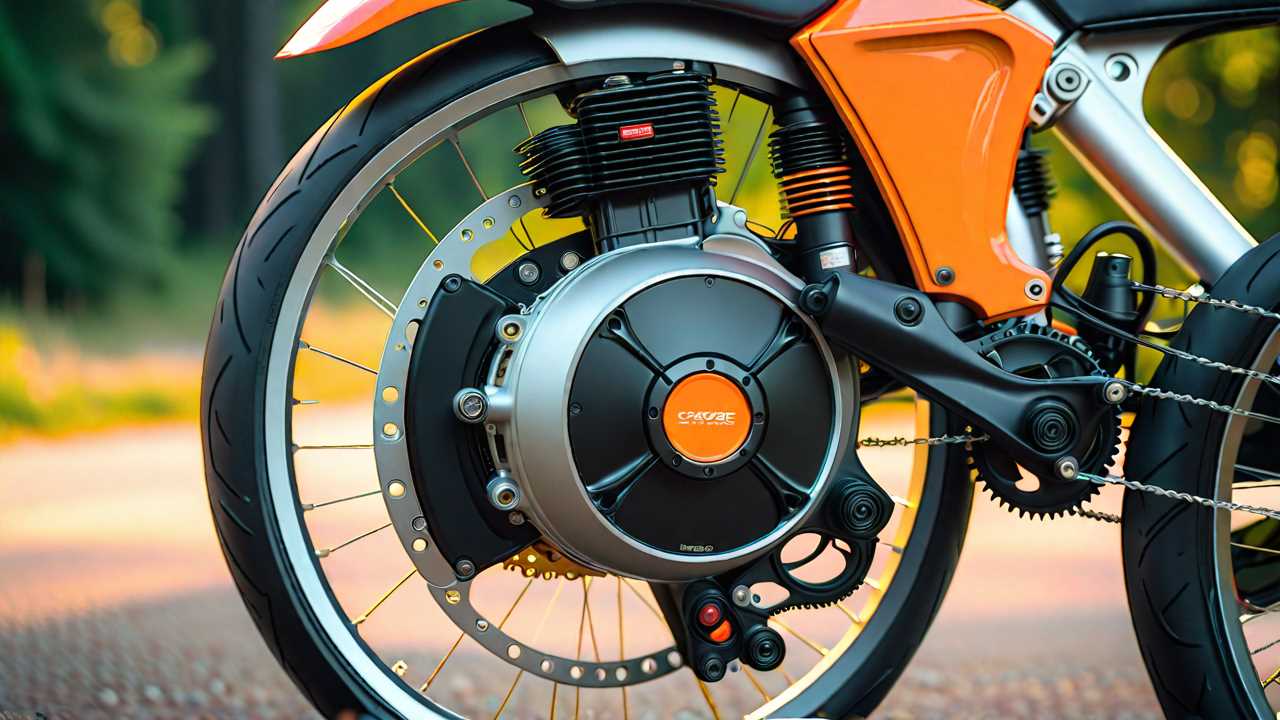
Ebike motors can operate using either AC (alternating current) or DC (direct current) power sources. AC motors, known for smoother acceleration and high power output, generally need more complex control systems. Conversely, DC motors offer controlled acceleration and enhanced maneuverability. Both types have unique advantages for riders, affecting performance and maintenance requirements. Proper maintenance, including regular cleaning, lubrication, and monitoring, is crucial to guarantee ideal motor function. Understanding the differences between AC and DC motors can help riders make informed choices for their ebike needs. Discover more about how motor type influences your riding experience.
Understanding Ebike Motor Basics
Electric bike (ebike) motors are the key components responsible for propelling the bicycle forward, converting electrical energy into mechanical power efficiently. These motors come in various types, including hub motors and mid-drive motors.
Hub motors are located in the wheel hub, providing a smooth and straightforward riding experience, while mid-drive motors are positioned near the bike's bottom bracket, offering better balance and efficiency when climbing hills.
Understanding the basics of ebike motors is important for ensuring a safe and enjoyable riding experience. Proper maintenance, such as regular checks on motor function and battery health, is essential for maximizing safety and performance.
Differentiating AC and DC Motors
When examining ebike motors, a fundamental aspect to ponder is the distinction between AC and DC motors. Differentiating between these two types is essential for understanding how the motor functions and impacts the overall performance and safety of the ebike. Here are three key differences to take into account:
Advantages of AC Motors in Ebikes
In the field of ebike technology, the utilization of AC motors presents distinct advantages that contribute to the overall performance and efficiency of these electric bicycles.
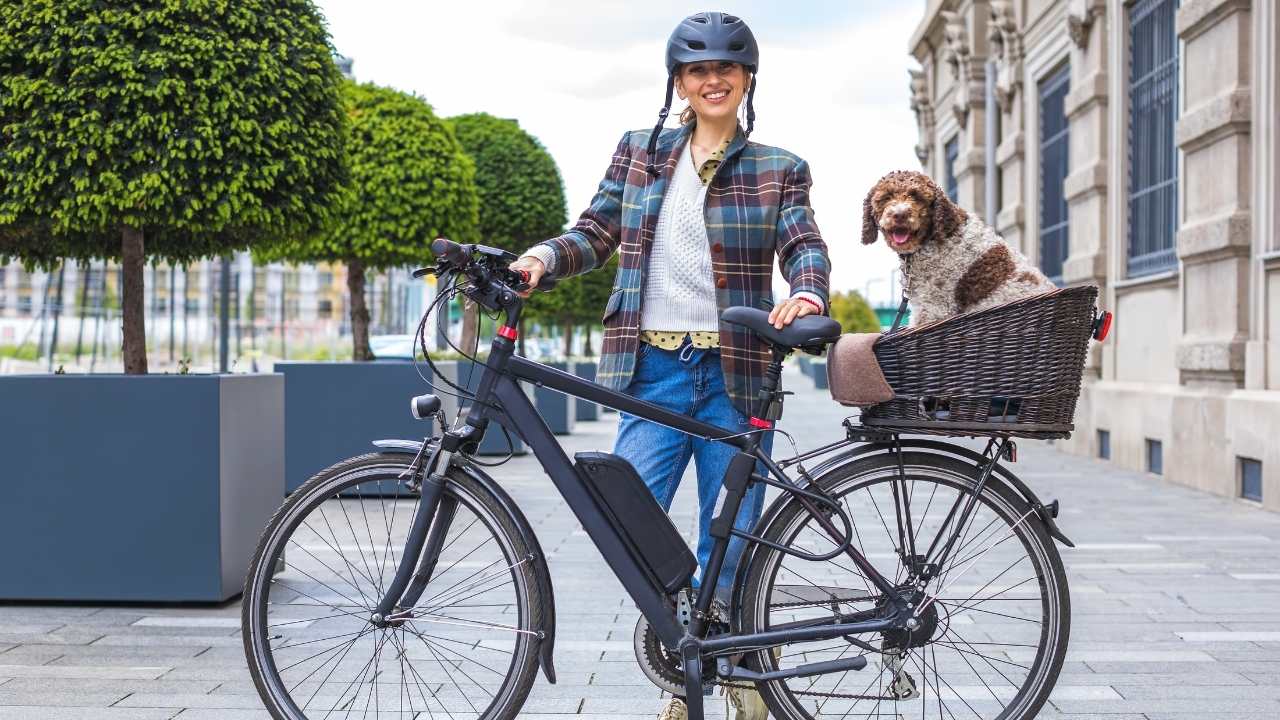
AC motors in ebikes offer smoother acceleration, which improves the riding experience by providing a more seamless transition when pedaling or using throttle assistance.
Additionally, AC motors are known for their higher power output compared to DC motors, allowing riders to tackle inclines and rough terrains with greater ease.
Furthermore, AC motors require less maintenance due to the absence of brushes, reducing the risk of wear and tear over time.
This reliability factor guarantees a safer and more consistent riding experience for ebike enthusiasts who prioritize safety and dependability in their electric rides.
Advantages of DC Motors in Ebikes
Utilizing DC motors in ebikes offers a range of distinct advantages that cater to specific needs and preferences of riders in the field of electric bike technology. When considering safety as a top priority, the benefits of DC motors become even more apparent:
Maintenance Tips for Ebike Motors
To guarantee peak performance and longevity of ebike motors, implementing regular maintenance practices is essential. Start by keeping the motor clean and free of debris to prevent overheating and potential damage.
Regularly check for loose bolts or connections that could affect the motor's efficiency and safety. Lubricate moving parts as recommended by the manufacturer to reduce wear and tear.
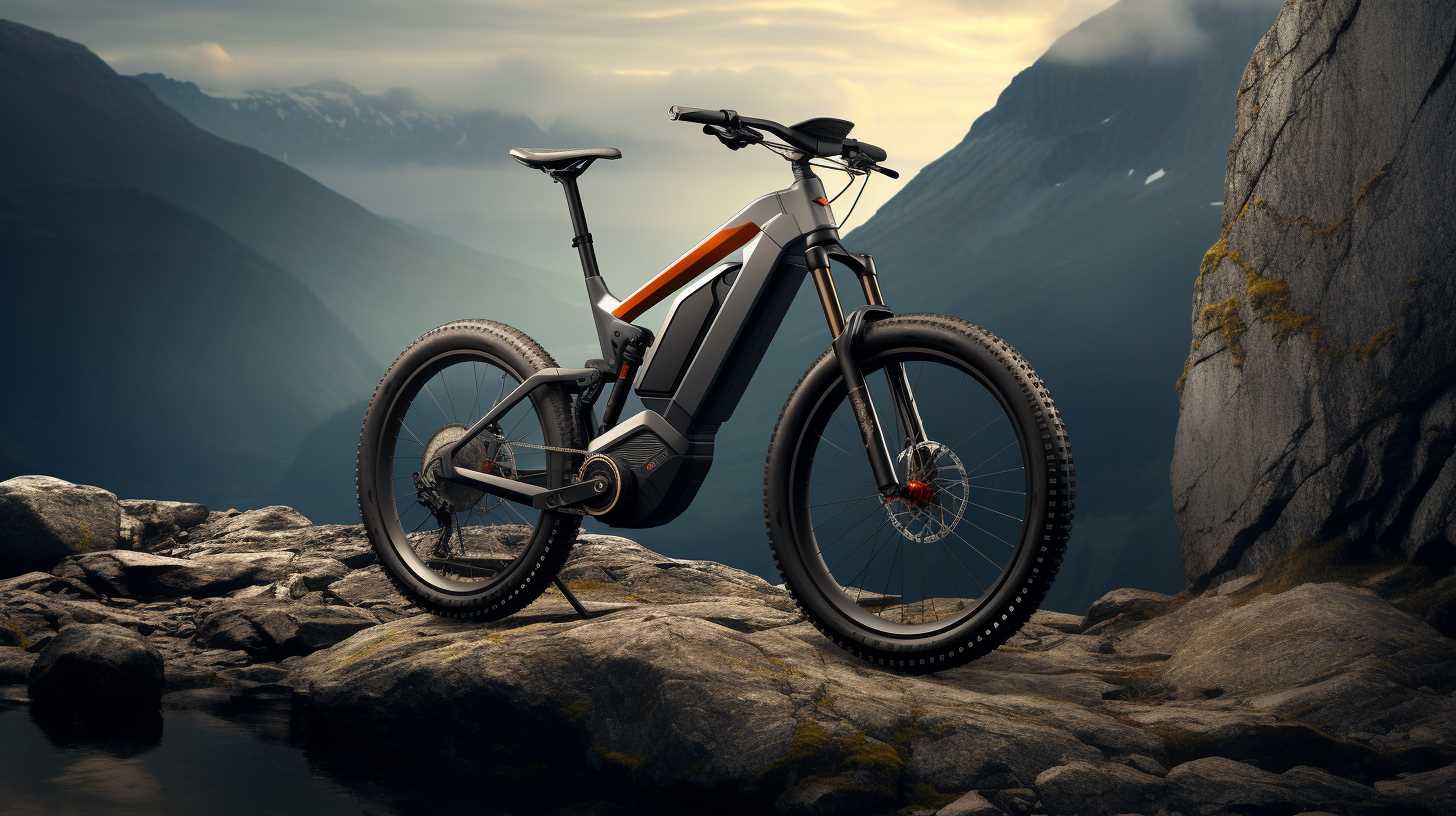
Monitor the battery voltage and make sure it's charged properly to avoid strain on the motor. If you notice any unusual noises or vibrations, promptly inspect the motor for issues.
Following these maintenance tips will not only improve the motor's performance but also contribute to a safe and enjoyable riding experience.
Frequently Asked Questions
Can Ebike Motors Be Easily Converted From AC to Dc?
Converting ebike motors from AC to DC can be intricate and may require technical expertise. It is essential to consult with a qualified professional to guarantee the conversion is safe and compliant with regulations.
Are There Any Safety Concerns Specific to AC Ebike Motors?
When considering safety concerns related to AC ebike motors, it is vital to prioritize proper insulation, grounding, and regular maintenance to prevent electrical hazards. Adhering to safety standards and guidelines is fundamental for rider protection.
What Is the Impact of Motor Type on Ebike Battery Life?
The impact of motor type on ebike battery life can vary significantly. Factors such as efficiency, power consumption, and maintenance requirements differ between AC and DC motors, influencing the overall longevity and performance of the battery system.
How Do AC and DC Motors Affect Ebike Performance?
The performance of ebikes can be influenced by their motor type. Factors such as efficiency, torque, and power delivery differ between AC and DC motors, impacting acceleration, range, and overall ride experience for riders.
Are There Any Regulations Regarding Ebike Motor Types?
Regulations surrounding ebike motor types vary by country and region. It is important for manufacturers and riders to abide by local laws to guarantee safety and legality. Understanding these regulations is vital for a smooth ebike experience.
